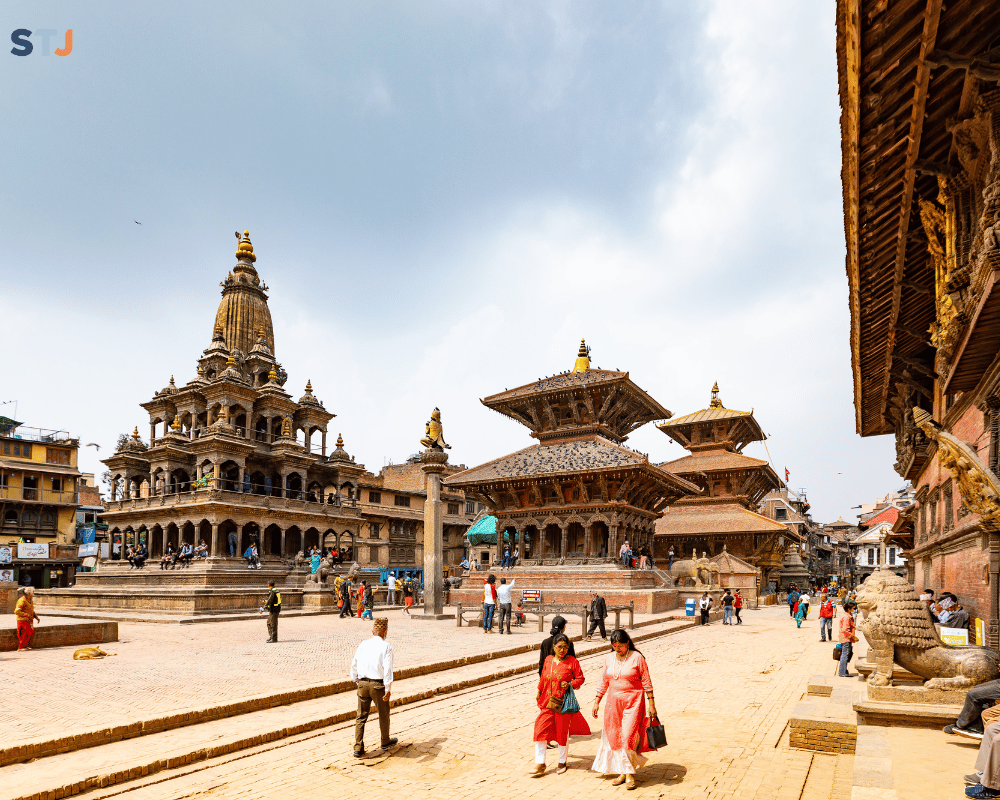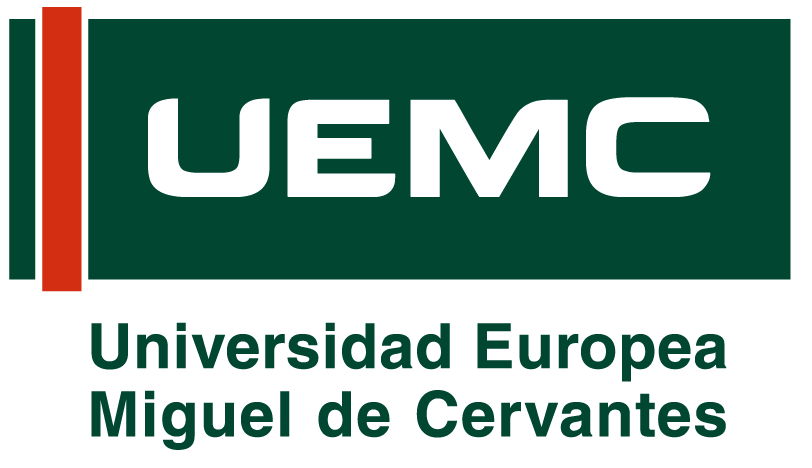By Sam Rippon.
Incense curled like soft question marks in the still air, tracing invisible paths through the temple’s wooden beams. I sat on the cool stone floor, trying to focus on the breath, on stillness, on letting go. Outside, a gong echoed through the valley, slow and sonorous, while prayer flags fluttered like silent invocations strung between Earth and sky. But inside my head? A restless cacophony of travel genres.
Feature writing. Podcasts. Article series. A short documentary. Maybe even the beginnings of a book. They looped through my thoughts like mantras I hadn’t asked for. I’d had a class exploring the different forms of storytelling, and even as I imagined myself in Nepal, I couldn’t stop analysing which medium might best capture what I hope to explore. It stayed with me not just because it broke down formats and techniques, but because it made me realise how crucial these decisions will be for my FMP (Final Master´s Project). As I plan my journey to Nepal, a place where spirituality and wilderness converge, I understand that how I choose to tell the story will shape not only the final outcome, but how I experience the journey itself.

The class made me pause and question something I hadn’t considered before: that the form a story takes can shape it just as much as its content does. I’ve always thought of travel writing as something fluid and observational, I now realise that every choice guides how the reader or listener understands a place.
What struck me most was the discussion around intention. Are we writing to inform, reflect, challenge, immerse? I’d never asked myself that so directly. Instead of defaulting to one familiar format, I feel encouraged to explore a range of forms in order to find the one that best fits the story I want to tell. It’s about discovering the most powerful way to connect with my audience, while doing justice to the complexity of the subject matter.
For my FMP, I’m planning a trip to Nepal to explore the relationship between Buddhism, wilderness, happiness, and survivalism. Initially, my focus was on content, what I’d encounter, who I might speak to, which moments or landscapes would shape the narrative. But now, I’m equally considering how I’ll tell that story.
The session highlighted that form isn’t just a stylistic choice, it’s an integral part of the message. These themes I’m working with aren’t simple or singular; they involve deep philosophical questions and physical experience. Some aspects might be best captured through sound, others through careful written reflection or visual immersion to fully communicate.
This class shifted my view of journalism from being simply about, to something far more layered, something active, interpretive, and creative. It’s reminded me that as a journalist, I’m not just collecting information or experiences; I’m shaping how others encounter them.
As I prepare, I find myself thinking differently about my role. It’s not just about asking questions or documenting what I see, it’s about listening deeply, staying open, and allowing the story to emerge naturally, without forcing it into a predefined structure. I’m more aware now of how easily form and tone can influence perception.
It’s also made me more curious about how to bring people into the experience, how to make them feel it. Whether through audio, visual storytelling, or carefully chosen words, I want the audience to feel connected to the quiet moments and the contradictions, the beauty and the difficulty.
As I sat there in that temple, listening to the gong and feeling the quiet hum of the mountains, I realised that the journey I’m preparing for isn’t just about exploring Nepal. This didn’t just offer me a toolkit; it reframed how I think about storytelling altogether. In that stillness, surrounded by mountains and mantras, I realised this isn’t just a story, it’s a living, breathing exploration of spirituality, nature, and survival. And just as I had to learn to clear my mind of distractions in the temple, I see my challenge will be to clear preconceived ideas about how the story should unfold, so I can truly hear it, in all its complexity, and share it with the world.
This article is part of the practical work carried out by the students of the Master’s in Travel Journalism.

